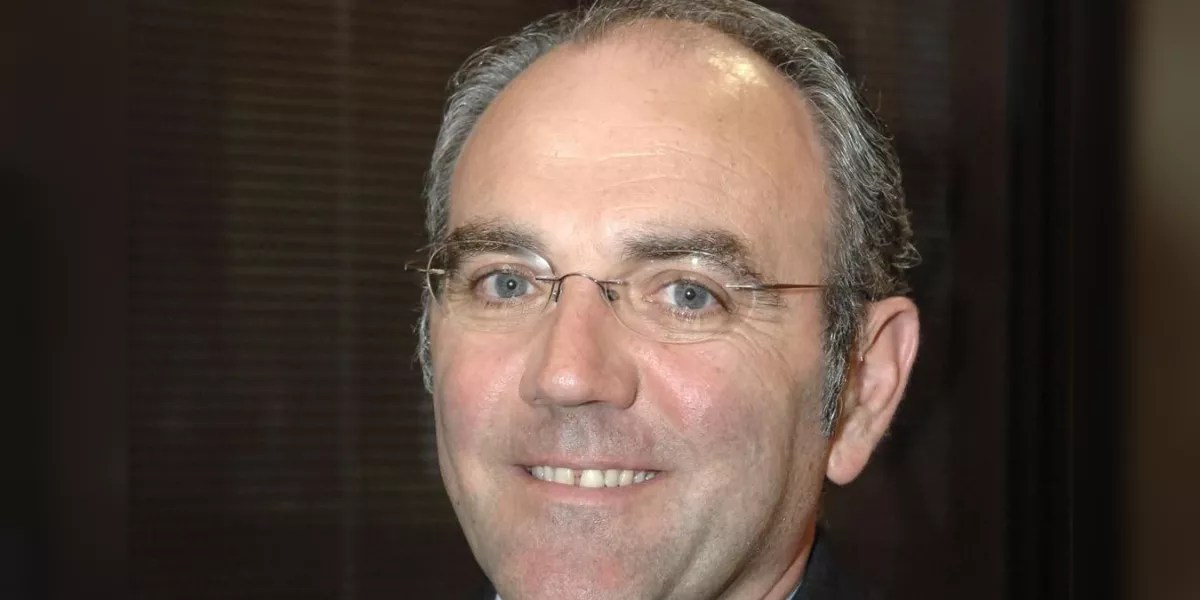Of the 1,668 calls for gender violence that the Emergency and Security Coordinating Center (Cecoes 1-1-2) managed in the first eight months of 2023, 18% more than in the same period last year, 481 affected people with a disability between March and August. This means that of the 54 alerts received per day, 2.6 affected citizens who suffer from some limitation. The last data, referring to August, left 75 alerts in the two provinces, exactly the same as those processed in June (75) and in the same line as what happened in May (76) and March (77). The statistics for April (95) and July (83) were much worse, according to the latest report prepared by the Service for Assistance to Women Victims of Gender Violence.
Tenerife and Gran Canaria
The islands of Tenerife (30) and Gran Canaria (39) They accounted for most of the emergency situations that occurred in August. The remaining five were processed in La Palma (3), Lanzarote (2) and Fuerteventura (1). Only in La Gomera and El Hierror no incidents were recorded. At the regional level, the people with disabilities who most resorted to the 1-1-2 room to report a situation of gender violence were largely affected by a mental anomaly (29), a multiple diagnosis (11), a physical motor (10), intellectual (8), organic physics (6) or visual sensory (2). On nine occasions, the type of disability of the person who supposedly perceived or suffered a risk situation was not specified.
A mental disorder was, by and large, the segment of disabled people that used 1-1-2 the most times in six months to request help: of the 481 telephone calls, 210 were related to people with a coefficient less than 70. In August, with 29 notices, there was the second lowest figure in this series behind the March record (28) and in one strip away from the worst peak of the year, which occurred in April (51). The months of July (33), June (34) and May (35) more than a hundred notices were accumulated.
In half a year they also attended to Canary Islands 92 warnings linked to a physical motor problem; 69 with an organic physical retardation; 32 with one mental; 31 for a multiple limitation, eight due to a visual sensory disease and four due to an auditory sensory issue. On 35 occasions the disability of the person who needed help could not be defined.
Of all the cases attended to, in 149 there was a child who had a disability
Another value of the report prepared by the Service for Assistance to Women Victims of Gender Violence has to do with the children of the people who were assisted by 1-1-2. And in the last six months, 149 calls were processed in which one victim had at least one child affected by a disability. In April and May, police and health resources provided assistance to 32 people, each time with one child with a disability. In the rest of the months that were taken as a reference the figure fell: August (19); June (20); July (22) and March (24). The number of children of people with disabilities who did not present any anomaly stood at 1,227 in this period of time.
A report of The ONCE Foundation shows that one in three people with disabilities suffers sexist violence in Spain. Their position of vulnerability and, above all, the difficulties they have in being able to report dangerous situations considerably increases the chances of aggressive behavior being repeated systematically over time: the European Parliament has just published a study in which It is revealed that the risk of becoming a victim of gender violence is four times greater for a limited person than for the rest of the population.
Another fact that makes this worse analysis shows that 20% of women murdereds last year in Spain had some disability, a reality that is reflected in a macro survey of Violence against women which also indicates that in some communities there are percentages ranging from 18.1% to 31.1% that certify that a woman with a disability was forced to have sex against her will.
6,282 police resources
As a result of the 1,668 notices of gender violence that the 1-1-2 room activated from January to August, 6,282 police resources were mobilized. This means that 25.8 agents from the National Police Corps, Civil Guard, Canarian Police or Local Police in the Archipelago were present per day in this type of threat: the average indicates that at least one had to intervene in each two alerts received. In this sense, the number of activations in the province of Santa Cruz de Tenerife was 3,168 officials, while in Las Palmas de Gran Canaria 3,114 were used. By Island, Gran Canaria (3,114 agents) was ahead of Tenerife (3,006); Lanzarote (572); Fuerteventura (400); La Palma (134); La Gomera (21) and El Hierro (7). Due to the number of accumulated incidents, June (865 agents), August (864) and July (861) were the ones that gave the police teams the most work, ahead of the data obtained in March (807); April (738); May (738); January (731) and February (678 agents mobilized). Another of the resources that is usually used in cases of gender violence, that related to health care, accumulated 548 incidents in the first eight months of this year, with the province of Las Palmas de Gran Canaria (334) being the which requested more media of this type ahead of Santa Cruz de Tenerife (214). On other Islands, the departures of the health teams were as follows: Lanzarote (50); Fuerteventura (31); La Palma (12) and La Gomera (2). In El Hierro it was not necessary to use a service that, at the regional level, added 2.2 daily departures associated with gender violence. | J.D.















